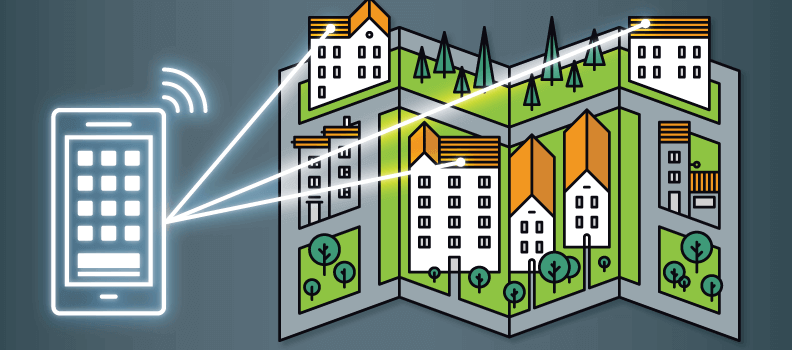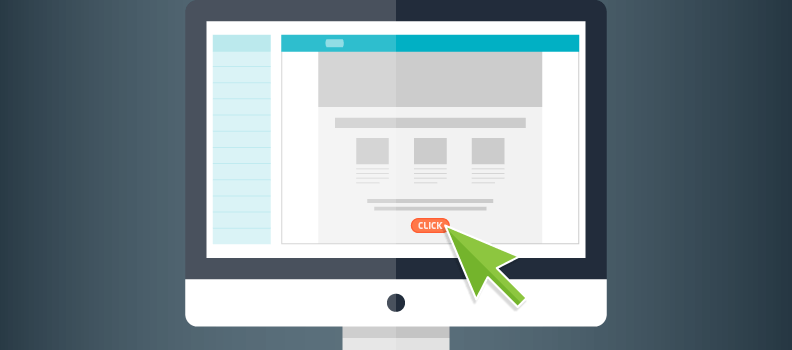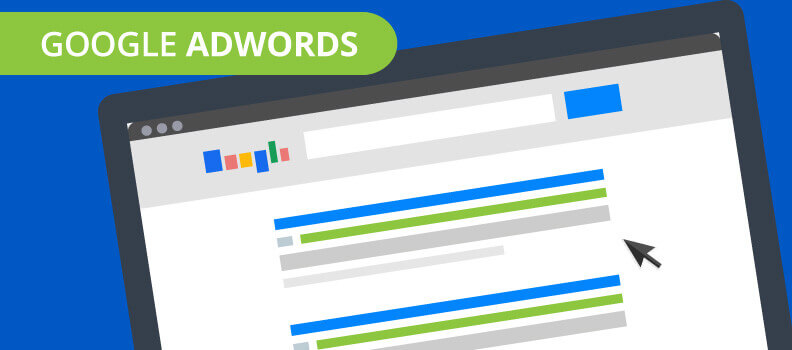Josh Mendelsohn has been working as a marketer since the 90s when the future of the internet was up in the air. Now he helps small- and medium-sized businesses succeed in growing their email lists and online stores with a data-driven approach as VP of Marketing at Privy.
In your report, The State of Email List Growth 2016, you talk about the importance of email lists, despite the proliferation of social media, mobile, and influencer marketing.
To start, what are some of the main reasons why email lists are as important as ever, if not more so?
There are a few factors that contribute to the power of an email as compared to social media, mobile, or influencer marketing. First, email is a much more personal medium. It is pushed into a customer or prospect’s phone or computer directly, creating the opportunity for a more personal, targeted, and impactful message.
Second, email is a more permanent expression of your brand in the sense that people can easily save an email and come back to it later whereas a social post is far more fleeting. Lastly, email is a much shorter (and way more trackable) road to an actual purchase. By including strong calls to action with personalized messages you can be one click away from a sale.
One of the reasons Privy has been so successful is due to the advancement of lead nurturing.
Can you talk a bit about what lead nurturing is and what role it plays in a successful email marketing campaign?
I actually think it’s the combination of lead capturing and nurturing that has driven the adoption of Privy. So much of the marketing conversation has traditionally been about driving web or foot traffic, but we know that approximately 98% of your online traffic walks away without doing anything meaningful on your site. We have invested a lot in making it easy to capture information from those visitors before they leave so that merchants can drive repeat visits through email nurture, using whichever email marketing service they choose. One of the most popular ways to do this is by launching a pop-up or flyout campaign with a targeted offer when someone begins to leave your site (we call this exit-intent). That way you are starting a relationship instead of missing an opportunity.
In your report, you analyzed a wide array of metrics to determine the most effective email marketing techniques.
What types of email marketing messages see the highest conversion rates and why?
Coupons and sweepstakes are definitely the offers that drive people to pay attention—whether that message is delivered via email or via a pop-up or banner message. While the notion that email marketing is dead is way overblown, the email newsletter is dying a slow painful death. To be most effective in driving purchases you want to have a single, clear message and call to action that removes as many steps as possible from the buying process.
You also did a similar analysis on what style of email lists get the most interaction, judging between pop-ups, banners, and email bars.
Which style of email list forms get the best response, and what are some reasons for that response?
We have found that the banner style outperforms both the popup and email bar. This is because they are great for both mobile and desktop visitors but always present on the page. Pop-ups are also very effective but run the risk of frustrating visitors and being closed out, especially if they are used too aggressively. That’s why it’s important to thoughtfully set time, scroll, and exit intent triggers that make sense for your shoppers.
The Direct Marketing Association has reported that email marketing returns an average of $40, for every $1 spent.
Why does email marketing have such a huge ROI, compared to other forms of marketing, whether digital or physical?
The ROI on email marketing is higher for two main reasons:
1) When someone signs up for your email list they are doing it for a reason, which is oftentimes to get a discount or something exclusive. This kind of permission is much more explicit than any other medium and be fulfilled instantly.
2) With the rise of marketing automation, it is very easy to send the right message to the right user at the right time based on actions they have taken. Email helps drive the middle of the funnel through the bottom, whereas social media and offline promotions are far less permanent and focused on driving initial awareness and interest.
That same study reports that email marketing has a buy rate 1,000% greater than Facebook or Twitter advertising.
Again, why is email marketing still important or effective, with the growing prevalence of social media and influencer marketing?
We’ve touched on a couple of these reasons already, but another major factor is control. With Facebook and Twitter advertising you are buying based on a set of criteria of a target audience, which can be very powerful, but ultimately you are relying on someone else’s platform to deliver the message in an environment that is full of noise. With email, you are sending a message directly to people who have already opted-in to receive communications from you and thus are far more likely to respond (or even notice).
For business owners and marketers getting started with email marketing for the first time, how do you recommend deciding what to write about in their marketing messages?
Also, can you recommend any resources on how to write effective marketing emails, as not every business owner is also a great writer?
When you’re deciding what to write about, I suggest not overthinking it as a big first step. If you’re passionate about your business and the products or services you sell, share that passion in your own voice. Imagine the in-person conversation you would have with someone who asked to learn more about your business and put that in an email. And then think “what do I want them to do once they have read my email?” and make sure you have a clear call to action that drives to that.
There are a bunch of really good blogs that offer tips to those new to email marketing. I’d recommend checking out the Constant Contact Blog, the Mailchimp blog, or the Emma Blog.
When email marketing is done correctly, customers even begin to look forward to your advertisements.
What are some ways that a savvy business owner or marketer could leverage that fact, once they realize that people are reading and they’ve captured their attention and interest?
The big trick is to be consistent and compelling with your message. Get on a sending schedule, pick a design that is easy to consume on a mobile device, and make sure you are making it visually pleasing. There are tons of great tools for making graphics that don’t require any technical expertise, like Canva, which you can then download and insert into your emails. Also, when you see an email that you find compelling, don’t be afraid to “borrow” the ideas from it. That’s what the best marketers take for inspiration.
What are some methods you’d recommend to help get customers to sign up for email lists, especially for the first time?
The first thing is to make a point of asking people to join your list, whether you are interacting with them online or offline. Online, using pop-ups and banners based on how visitors are interacting with your site is extremely effective. While a general message can work well, you can create very targeted messages based on what page they are on, where they came from, how many times they have visited, etc. But what never works is simply not asking because you’re worried about being too forward.
The second key is to entice visitors with a valuable offer like a unique piece of content, a sweepstakes, or a coupon that they can use right away. In fact, a recent Microsoft study found that 89% of consumers are willing to give their personal information in exchange for clearly defined benefits. You have something of value to offer, you just need to choose what it is.
Can you also recommend some tactics for a business owner to get their email list working with their other marketing channels, for the best possible digital marketing strategy?
I recommend mapping out the customer journey and mapping your channels to that journey. Each one should play a distinct role or roles that drive your business instead of expecting one channel to do it all. If you can answer the following questions your marketing strategy can become much clearer.
- How do potential customers become aware of my business or my products?
- Once they arrive at my online store, how do I capture their information?
- How do I get them to make their first purchase?
- How do I get them to return to my online store?
- How do I get them to spread the word about me?
Then make sure the look and feel of each channel are consistent. Colors, tone, images, etc. That way your customers will know it’s you and be more likely to respond.







